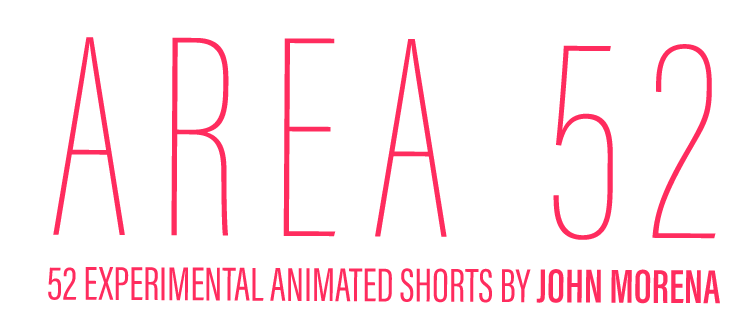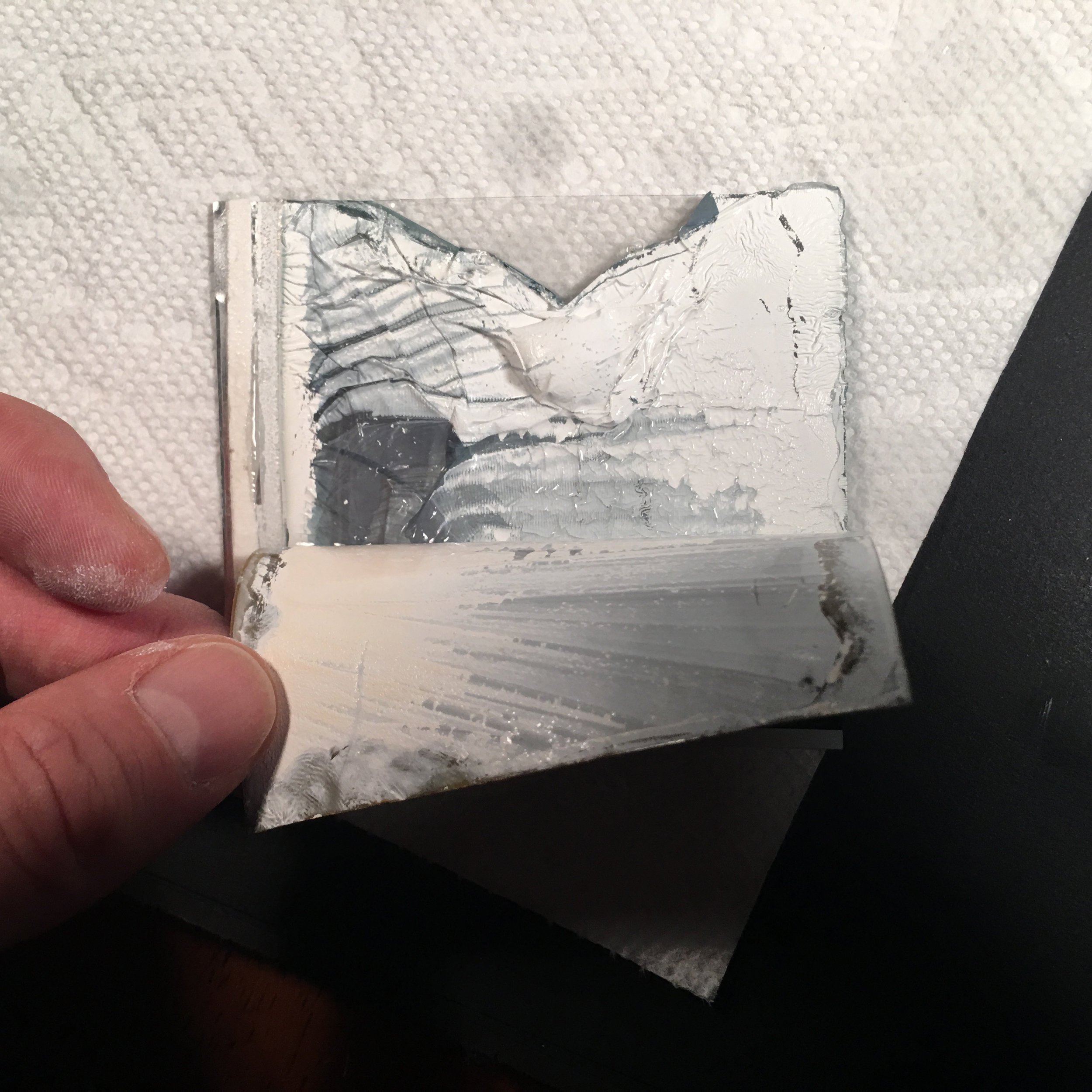I knew I wanted to make a diptych film. We don't really see those too often. And since split-screen would have been too obvious, I thought Polaroids would be a more interesting framing device. I also knew that I had wanted the two images within a scene to have some kind of tension and interact with each other. The big idea was: What if the pictures within these familiar square or rectangle frames were SO contrasted that they just wouldn't be as strong without the other?
This concept fell right in line with my world view. I remembered reading about this thing called Balkanization. It means: divide (in a region or body) into smaller mutually hostile states or groups. Basically, you put people of one ideology in a specific area and another completely opposing group in a neighboring area and let them create their own tension. It's like putting every extreme left-winger in Vermont and every extreme right-winger in Massachusetts and letting them fight.
This film doesn't really reflect too much in the way of hostility, but this Balkanization idea did get me thinking about the cultural boundaries that are pre-set for us. We trudge around in the shit that trickles down from on high. Within societal pigpens, we point fingers at each other and create a polarized situation. The black and the white. The rich and the poor. The right and the left. Et al.
I thought this image summed up modern human culture. Specifically in America:
Since this was all going to be live action, stop motion or time-lapse (I did a mixture), I had to do more shooting than usual over the course of a few weeks. I shot regular video from an airplane window, a subway car, and in my kitchen with an iPhone 6. Shot the time-lapse and stop motion stuff with my camera.
I scanned real polaroids to make the frames but the exposures inside the frames were comped in later on with images from other cameras. So, no actual Polaroids showed up in the final film. It was a matter of practicality and budget. One cartridge of Instant Color 600 film is $28 and only holds 8 exposures. So it would have cost roughly $1500 just in Color 600 cartridges alone. And that would have also meant zero room for error.
This was a cold morning to shoot but the sky was perfect for a sunrise time-lapse:
Some stop motion for the "Rich & Poor" scene:
For the "Hot & Cold" scene, I froze some water in a small pot and then shot it while it boiled on the stovetop. This was definitely the first time I've ever boiled ice in my life:
Will also probably be the last time. My phone overheated three times even with a fan blowing:
For the "Strong & Weak" scene, I thought it would be cool if the jet engine sucked the actual emulsion off the polaroid. For that, I destroyed a Polaroid with some basic household tools:
Finally, the images really had to look and feel like instant film. Instant film is lo-fi but there's a beauty that comes along with it. This side by side comparison shows the raw image on the left and the treated image to look like instant film on the right.
This was a fun film to make and a great experiment but I think I'll stick to more controlled environments going forward. The big drawback was that it took over a month to make. Not exactly efficient when you're trying to make a film a week. Now I know I'll give myself some pause if I want to make another film involving real things I can't control; like the sun, the moon, and subway and flight schedules.











